By: Vanessa Pogorelic
Small things can make a big difference if you are unfortunate enough to be involved in a road crash.
In a crash, even small details such as how you’re sitting in the car and what other items are in the cabin with you, can have a significant impact on the severity of injuries sustained by the occupants.
Here are seven of those details you may never have considered, how they increase injury risk and how to reduce your risk.
RELATED:
Unexpected car emergencies »
Driving with car windows halfway down
Although most modern cars are now equipped with efficient air conditioning systems, many people still enjoy the experience of driving with their window partially or fully open. But in a crash, having a vehicle window open can increase your risk of injury.
In a side-impact crash, where a window is half open, the driver or passenger’s head may strike the top edge of the glass at a downward angle, potentially causing serious head injuries.
If the window is fully wound up, in the event that an occupant's head does strike the window, the auto glass will flex to absorb some of the impact. A closed window also prevents debris from the crash from entering the vehicle, further injuring occupants.
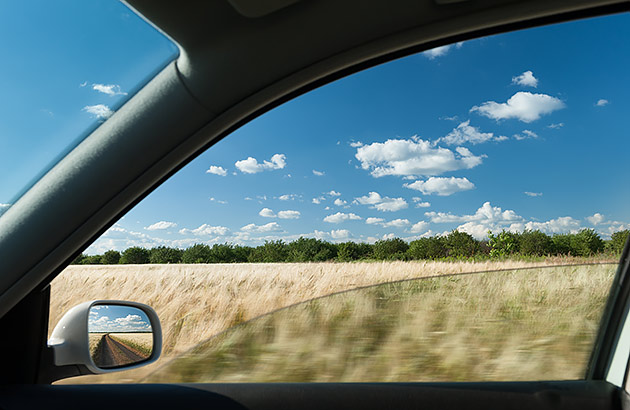
Bull bars
Although considered a necessity by those regularly driving through areas with a high risk of animal strike, the fitment of a bull bar may introduce other risks.
Having a bull bar fitted to the front of a vehicle can alter the way it absorbs the impact in a crash. A vehicle’s crumple zones are designed to reduce the forces that are exerted on occupants during a collision.
A non-compliant bull bar may result in greater collision forces being imposed on those inside in addition to those in other vehicles. Bull bars may also interfere with the deployment of airbags in a crash, depending on where the sensors that trigger airbags are located at the front of the vehicle.
To reduce injury risk to all road users, including pedestrians and cyclists, all Frontal Protection Systems, such as bull bars and nudge bars mounted to vehicles, must comply with the relevant Australian Design Rules.
Unless it is essential to have a bull bar fitted, it may be safer not to have one at all. If your bull bar also has fishing rod holders, they must not protrude forward of the front face of the bull bar or above the top bar of the bull bar.
Sitting on a cushion
Seat heights in many vehicles can be adjusted up or down to better suit the height of the driver.
However, using another object, such as a cushion, to further increase the height at which you’re seated can have an impact on the effectiveness of airbags if they are deployed during a crash.
Airbags are designed to be effective throughout the range of driver seat adjustments and across a range of average occupant body sizes. But this assumes the seat is used with no extra cushioning that may further increase the driver’s height when seated. Airbags may be less effective in a crash where the driver is positioned differently from that which is allowed using seat adjustments alone.
The same is true for other vehicle occupants, with the exception of children in approved and correctly fitted child car restraints. Significant alterations to the sitting position of any passengers can have an impact on the deployment of airbags and increase the risk of injuries.
Seat belts can also be less effective when not worn as intended. When correctly positioned on the body, a seat belt helps restrain passengers in a crash by limiting movement of the chest and pelvis. Research suggests wearing a correctly fitted seat belt reduces the risk of fatal or serious injury by around 50 per cent.
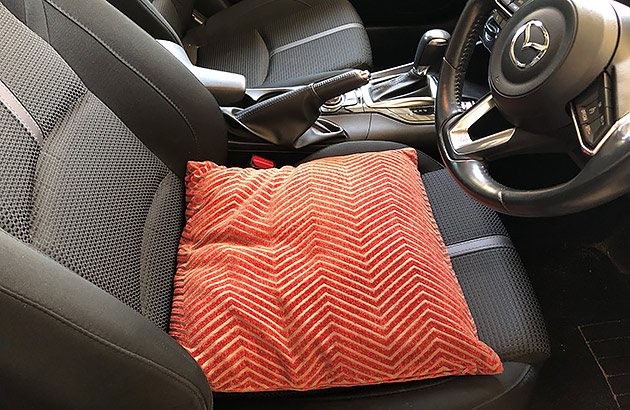
Putting your feet on the dashboard
In 2017, the Roads and Maritime Services Crashlab in Sydney conducted a crash test where a crash test dummy was positioned in the passenger seat of a car in a slightly reclined position with its feet placed on the dashboard. The vehicle was then crashed in the lab at a speed of 70km/h. The impact and subsequent airbag deployment pushed the dummies legs into its face. The reclining position also resulted in the dummy not being correctly restrained by the seat belt.
In a real-world crash, this would have resulted in extensive and life-threatening injuries, including brain injuries, a ruptured bowel, torn aorta, and severe spinal injuries. With airbags deploying at over 300km/h, the force exerted is immense.
Although it may feel like an unremarkable thing to do while relaxing on a longer car trip, putting your feet up on the dashboard or even repositioning yourself to sit lower in the seat can increase your injury risk in even a lower-speed crash.
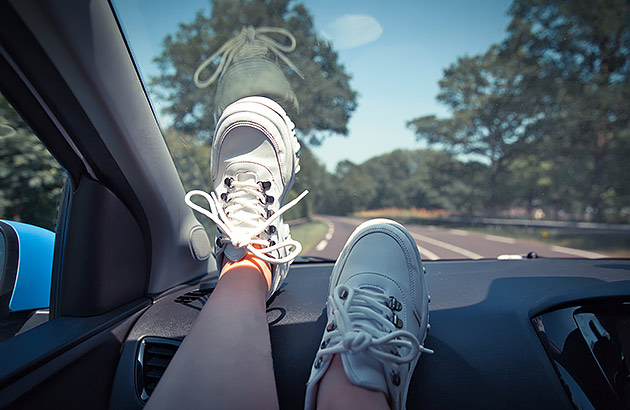
Loose objects (or animals) in your car
In a crash, any loose items in your car can become dangerous projectiles as the energy exerted projects them at up to 20 times the force of gravity. According to the National Road Safety, Partnership Program, a one-litre water bottle full of water can impact occupants with the same force as a 20kg object in a crash. For a laptop, the force will be the equivalent of a 60kg object.
This means a medium-sized dog of 20kg, if unrestrained in your car, can cause serious and potentially fatal injuries to other vehicle occupants.
To reduce your injury risk in the event of a crash, large items should always be transported in your boot. In vehicles such as SUVs and four-wheel drives with a cargo barrier, they should be tied down behind it. And the safest way to transport your dog is with a harness that is attached to a lead that can be connected to a seat belt lock.
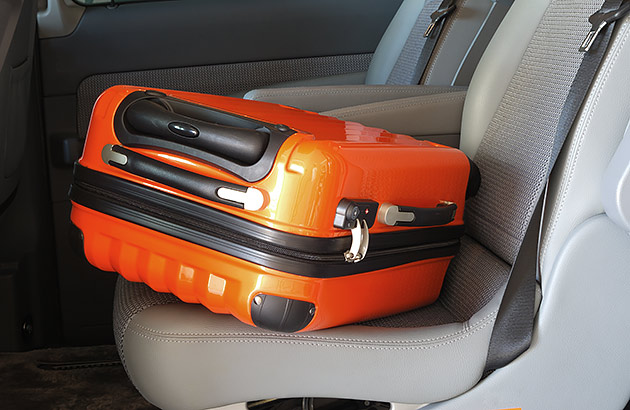
Putting car seat covers over airbags
Around 20 per cent of all road crashes in Australia where someone is seriously injured or killed, involve side impacts.
Side airbags, integrated into the cushioning on car seats, help reduce injuries to the head and neck in side-impact collisions.
However, if car seat covers are fitted to a vehicle with side airbags, the seat covers may interfere with the deployment of these airbags in a crash where the vehicle is impacted from the side.
As side-impact collisions cause some of the most severe injuries, it’s essential that the operation of side airbags is not compromised.
Today, aftermarket car seat covers are available that are designed to split along the seams in an impact where a side airbag is deployed.
If you are using car seat covers in a vehicle with side airbags, ensure they have been specially designed to be compatible with side airbags, and also make sure they’re correctly fitted.
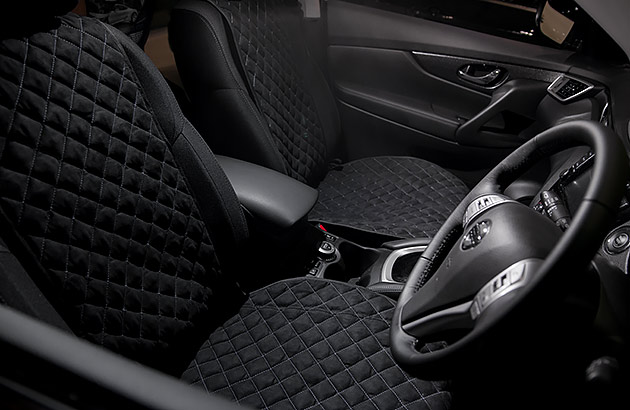
Dash mats over passenger airbag
As with car seat covers, an unsuitable dashboard mat may interfere with the deployment of airbags, in this case the front passenger airbag. The mat itself could also cause further injuries if it is propelled into the car’s cabin by the force of the airbag propellant as it deploys. Look for dash mats specially designed to work with front airbags.
Get going with RAC Go
Change your backseat driver for a better one. Download RAC Go, the app designed to help you monitor and improve your driving behaviour with fun challenges. And it’s free!
